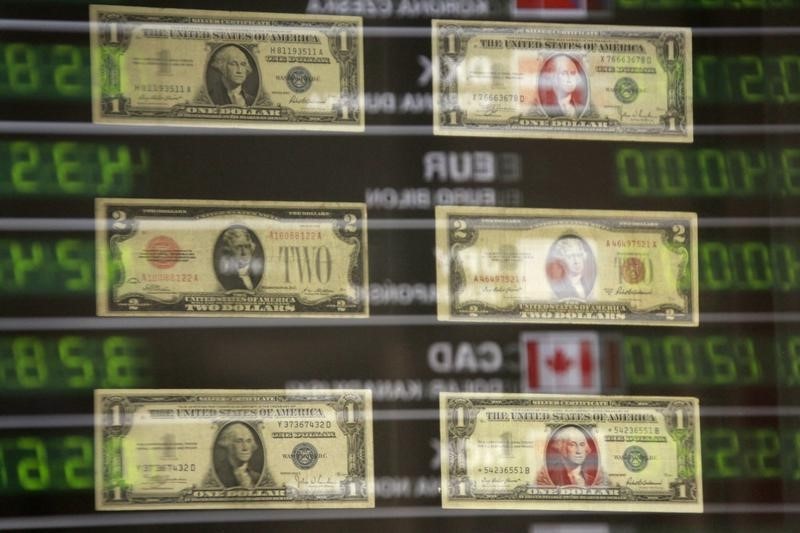(Bloomberg) -- Japan’s input inflation cooled in May as ramped-up government subsidies helped cap gains in energy prices, a factor that will help contain some of the upward pressure on consumer prices for the time being.
Producer prices rose 9.1% from a year earlier, with the pace of gains slowing from a revised 9.8% the previous month. The April figure marked the fastest growth since December 1980.
Compared against the prior month, prices were unchanged, failing to rise for the first time in 18 months.
Prime Minister Fumio Kishida increased fuel subsidies in a raft of measures announced in late April to ease the pain of rising prices ahead of key national elections in July.
While the slower producer price growth shows the latest government steps are helping limit rising costs, renewed falls in the yen and the ongoing climb in crude suggest upward pressure will continue to strengthen.
The longer input prices keep rising the more difficult it will be for companies to absorb the higher costs without passing them on to Japan’s price-sensitive consumers.
Read More: Japan Firms Pass on Just 44% of Costs to Customers, Survey Shows
The Bank of Japan is closely watching how rising input costs are feeding into consumer prices and if household spending can remain resilient enough to make inflation sustainable even as real incomes fall.
The report showed a growing number of producer price increasing. Some 82.7% of items became more expensive, compared with 77.9% in April. The effect of a weak yen is also intensifying as the import price index based on the currency rose 43.3% from a year earlier, the most on record.
©2022 Bloomberg L.P.
